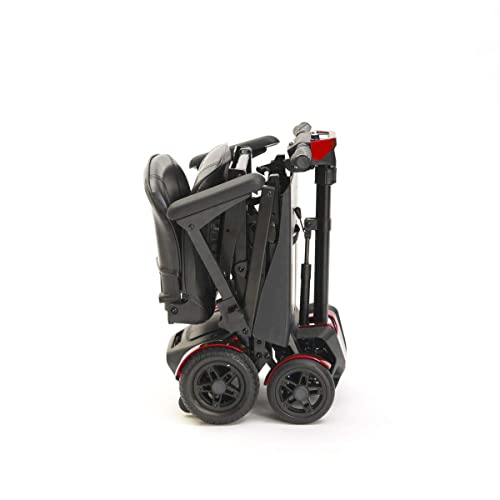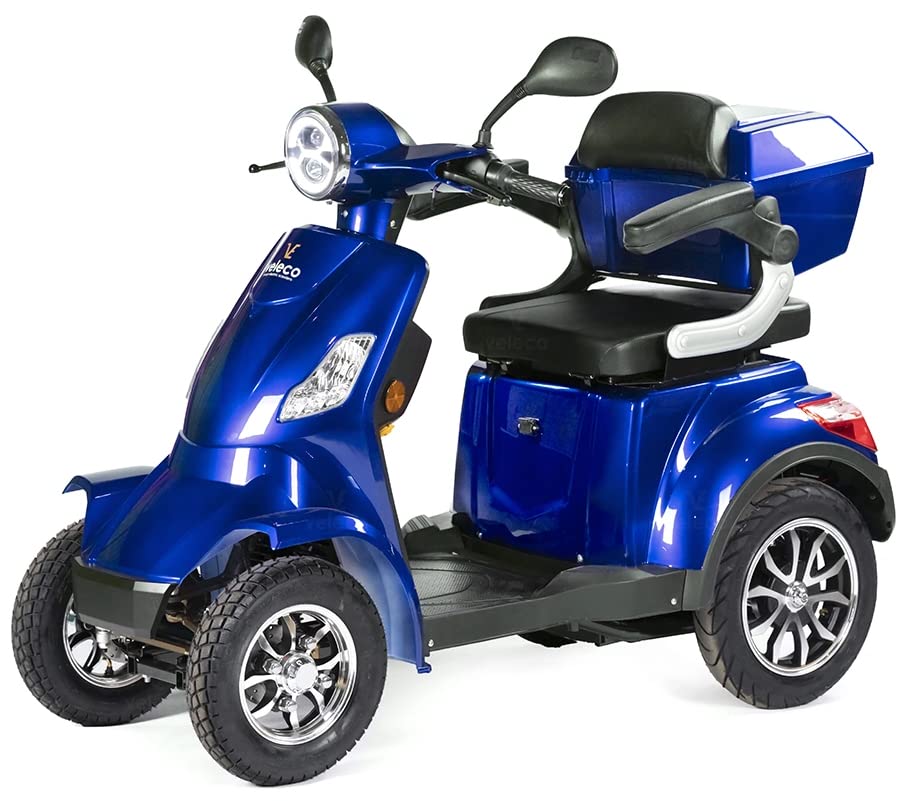인사말
건강한 삶과 행복,환한 웃음으로 좋은벗이 되겠습니다

룸갤러리
What To Look For To Determine If You're Prepared To Urban Mobility Sol…
페이지 정보
작성자 Meridith 작성일25-02-04 18:52 조회7회 댓글0건본문
 Urban Mobility Solutions
Urban Mobility Solutions Cities face numerous issues, such as congestion, air pollution and accessibility. Urban mobility solutions based on new technologies could improve living standards, boost economic vitality, and reduce the carbon footprint.
Cities face numerous issues, such as congestion, air pollution and accessibility. Urban mobility solutions based on new technologies could improve living standards, boost economic vitality, and reduce the carbon footprint.However, the implementation of these solutions requires collaboration across the entire mobility ecosystem. It is important to take a citizen-centric, city-oriented approach. Mercedes-Benz experts collaborate with cities and other stakeholders to create an individual solution for each city.
Congestion
The issues of congestion have long been a major issue in urban mobility planning. Traffic time reduces the efficiency of cities and individuals as a whole. Cities must balance the need for innovation in transportation against the effects of an aging infrastructure and growing population.
Urban transportation systems must offer an accessible and safe way to move people around while reducing pollution, noise and waste. Furthermore, cities must tackle the issues of traffic congestion, parking management, and decarbonization.
There are many ways to tackle congestion however the most effective method requires everyone to take responsibility of the problem. This starts by acknowledging that congestion isn't only an inconvenience for individual commuters and their families, but also a significant economic cost for businesses and cheap electric mobility scooter the general economy. This is why it is essential to use accurate, high-resolution data that captures day-to-day variations in travel times to determine the root causes of congestion and the most efficient solutions.
It is crucial to inform the public and business owners about the impact that congestion can have on their business. Providing clear and consistent messaging will increase awareness of the issue and educate the public about solutions, and encourage business leaders to promote strategies to reduce congestion.
One option is to increase the capacity of roads. This could be expensive and subject to numerous restrictions, such as environmental and land-use laws. Other options include promoting alternative modes of transportation, like bikeshare programs and taxi hailing apps or even making carpooling and congestion pricing a reality. Lastly parking systems can be inefficient, which contributes to pollution and congestion. Smart parking solutions can optimize space usage and divert trips from congested roads.
Aging Infrastructure
Across the country, towns and cities have to contend with traffic congestion and road safety issues caused by aging infrastructure. As traffic volumes continue to increase, bridges and roads put businesses and residents at risk, and also extending the time it takes to travel.
The aging infrastructure of transportation is a challenge that will not be solved with technology alone. The Oregon Department of Transportation is working to address this problem by investing in new highways as well as other transit projects that reduce congestion, improve safety, and modernize the system. These investments will ensure that the Portland area continues to progress for generations to come.
As urbanization continues to accelerate the world is facing an acute shortage of affordable housing and the demand for sustainable solutions in mobility is increasing. Innovative solutions such as e-scooters and ebuses are being developed to cut carbon emissions and slow climate change. These innovative electric mobility scooter cheap solutions assist in increasing accessibility for disabled people which is a growing issue for a lot of citizens.
This study uses an organized literature survey (SLR) to study 62 scientific articles and forecast the evolution of various scenarios until 2030. The gradual advancement of shared and automated mobility is expected to be most important in the driving of changes. The scenario of 'Mine is yours' dominates (35 percent of the scenarios) followed by 'Grumpy old transport' (18%) and "Tech-eager mobility" (17%). Innovative legislation and supportive policies are required to make these innovative mobility options widely accepted.
Inequality
Urban mobility solutions need to not only improve the flow of traffic but also reduce emissions and be economically and socially feasible for all. The cost of transportation is often one of the largest household expenses, and these expenses can be particularly costly for low-income residents. High car payments and fuel costs, as well as insurance and maintenance can be an enormous financial burden for families, preventing them from accessing services or jobs, as well as education. Additionally long commutes long could negatively affect the health of the people who live there.
Public transportation is an attractive alternative to private vehicles, however, many cities do not have the infrastructure required. The public transportation system is old and was designed to serve a much smaller population. It requires substantial investment to be modernized. A lack of funding, as well as legacy technology can also hinder the development of new services.
Congestion also increases the amount of pollution in the air, and can pose an illness risk to the public. Poor air quality can exacerbate respiratory problems and decrease the quality of living. With the help of effective urban mobility planning excessive congestion could be prevented by expanding and improving the existing infrastructure.
Increased capacity in public transport will reduce travel time and make it more accessible to everyone, including those who are disabled or otherwise infirm. It will also help to reduce the burden on families who own expensive cars, and free fold up electric mobility scooter parking spaces.
Increased use of alternative modes of transportation can have a direct impact on the degree of inequality. As cities get more dense, the gap in commute time between Blacks and Whites and Whites and AAPIs shrinks. Women's commute times decrease relative to men's. This suggests that rising densities force AAPIs into trading the same pay for longer commutes which then force blacks to work farther away, and that women are less likely to find jobs that are compatible with their qualifications and abilities.
Air Quality
As research shows, there is a direct correlation between exposure to toxic pollutants and health. The heavy traffic congestion, the fuel and diesel vehicle usage as well as other factors can lead to high levels of particulate (PM2.5 and PM10), and gases like nitrogen oxides, sulphur dioxide volatile organic compounds and carbon monoxide. These pollutants are harmful and can cause climate change.
Exposure to such pollutants can trigger heart attacks as well as lung irritation and asthma and can cause delays in the development of children and poor cognitive functions. They can also cause ozone and greenhouse gas production, as well as the urban heat island effect, which causes the temperature to rise in cities.
The development of public transportation is a successful measure to improve air quality, and promoting active mobility can reduce the emissions of transport including greenhouse gases. Reduced emissions from urban transportation can also help in achieving the national, international, and local climate change goals.
Smart mobility solutions can be used to encourage commuters towards Cheap Electric Mobility Scooter vehicles and vehicles that emit less emissions. In addition they can provide information on safe walking and biking routes. They can also encourage ridesharing services, which helps to reduce the number of vehicles on the road as well as the pollution that comes with it.
In a recent study we have simulated SUMPs' (Sustainable Urban Mobility Plans) impact on 642 cities in Europe. Our results show that SUMPs have a considerable impact on the modelled "urban background concentrations" of PM2.5 and NO2, with the average reductions in these substances of up to around 7 percent. However, it is worth noting that these findings only consider the transport sector's emissions and urban background concentrations. Other benefits of SUMPs such as a reduction in energy consumption, street-level concentrations, and electro-mobility options are not considered in this study and should be considered in future studies.
Urban folding electric mobility scooters for adults solutions should be built on an ecosystem approach that involves multiple stakeholders. They must take into account technology, equity and sustainability, while being tailored to the unique environment of each city. Urban mobility systems can be improved by the integration of existing infrastructure, encouraging bicycle share schemes and increasing safety.
Logistics is the process of moving goods and people in a city. It is the core of urban mobility. It is essential to reduce congestion, maximizing time on commuting to work and enhancing accessibility to travel. The advancement of technology such as autonomous vehicles (AVs) will have an immediate impact on the logistics of cities and will make the transportation industry more efficient. It will remove the need for human driving as well as reduce fatal accidents due to driver error, and improve the flow of traffic.
Logistics is complicated by its numerous stakeholders. Each has their own objectives budgets, priorities, and technologies. It is therefore difficult to ensure consistency in the implementation of a plan. It can also be difficult to scale up and transfer solutions from one city into another since each has their particular needs.
To meet these challenges cities must promote technological innovation and create efficient, agile logistical processes that can adapt to keep pace with technological advancements. This can be achieved through promoting green freight management, integrating eco-friendly urban logistics planning into SULPs and SUMPs and examining the possibility of air amazon electric mobility scooters using drones. In addition it is essential to promote collaboration between public transportation agencies, private companies and logistics service providers and to balance the use of digital technology with local privacy laws. This will optimize the flow of traffic and make cities more efficient and improve the quality of life for the citizens.
댓글목록
등록된 댓글이 없습니다.